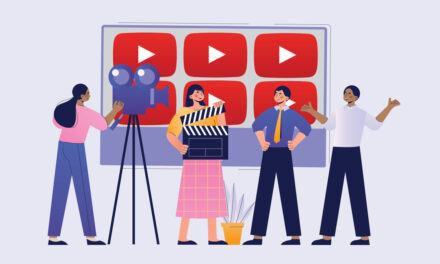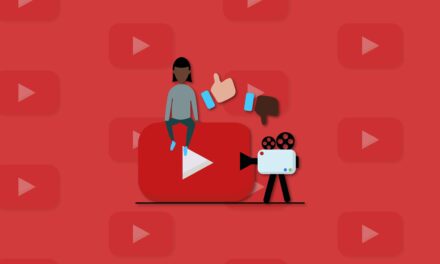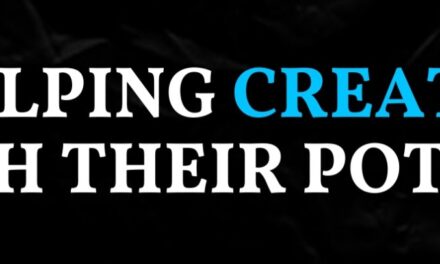The campaign will always be a major part of a company’s strategy in both B2B and B2C marketing. With a history of being short-term, one-way push marketing initiatives, campaigns can be very effective in driving sales and are easily measured for ROI. Campaigns also generate spikes of engagement. But the nature of a spike is that it can suffer a big drop, leading to periods where there is no engagement at all. In that lull another brand could win customers’ attention, one that markets more consistently over time.
Advances in technology have changed the game. Through content and social media, customers have a multitude of ways that they can access information about a company. This means an individual campaign designed for a short-term win can get lost in the noise.
As we see with our own clients, the best examples of success come when they use multiple channels to address all points of a customer journey, resulting in long-term relationships with customers. Content marketing establishes such relationships effectively because it fosters better communication between a brand and its customers. It also reflects the real-time nature of online conversations. Done well, content marketing won’t lead to spikes of high engagement crossed with low engagement. It leads to a constant level of engagement, which fosters a greater sense of community and brand awareness.
Putting in place an always-on content marketing strategy is easier said than done, but here are few basic points to consider:
1. Always-on content marketing should be led by data–Without data, your publishing of content has no business justification or ROI. You have no real understanding of whether it’s reaching your targeted audience. You need hard numbers, and this can only be accomplished if you’ve put a proper framework in place based on research and business objectives.
2. Always-on content marketing needs lots of high-quality content–Content is the fuel that drives the digital marketing beast, and without it you have nothing to drive in channels such as search, email, and social media. Content might be anything from case studies, blogs, and white papers to infographics, Vines, videos, or even landing pages and apps. Content creation needs expert developer and design help.
3. Always-on content marketing needs good stories–If you want an audience to follow your company, make sure you create good stories for them to follow. We’ve helped clients reach their customers in interactive ways, whether it’s visual content as basic as a GIF image, to a fully functional multimedia mobile app or website. Good story telling helps customers relate and connect with a brand long-term.
4. Always-on content marketing needs to use all relevant channels–Besides connecting with an audience through owned channels such as a website and mail, marketers must leverage channels like social media – not just organically but through paid promotion. This will involve setting aside a budget to put towards pushing suitable content on Facebook, Twitter, and StumbleUpon to reach a new audience.
5. Always-on content marketing needs to align with the rest of the business–Even if it doesn’t align with an overall business objective, content marketing needs to work and integrate with departments like PR, sales, customer service, and product development. For one thing, these departments are where a lot of stories are going to come from, and they will also help in making sure that these stories are reaching the right people.
Campaign Marketing Still Has Its Place
Although this post focuses on building a long-term always-on marketing strategy, campaign marketing still has its place. If you have the budget, a good campaign can be very effective.
The quick wins are also necessary. For example, if you’re looking attract attendees to an event or have people watch a webinar, or gain leads though a report you’ve released, you might want to use paid advertising through search or social media to reach as much of your audience as quickly as possible.
The best-case scenario is one in which you are committed to a long-term content marketing strategy, with room for quick-win campaigns, depending on your need and budget. This way you’ll be constantly engaging with your audience, as well as creating short-term spikes with no lulls.






